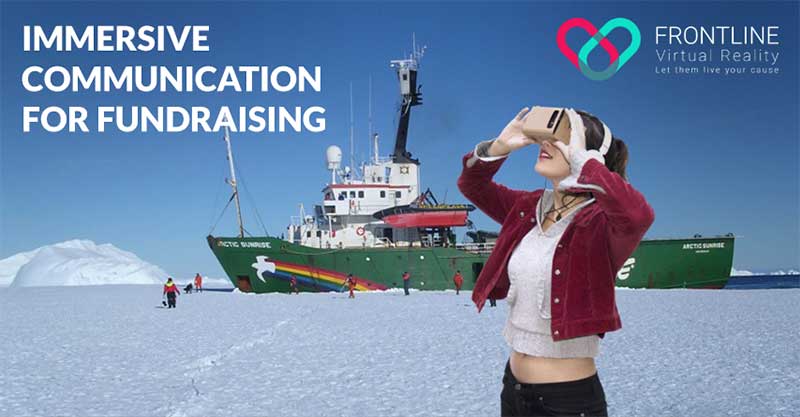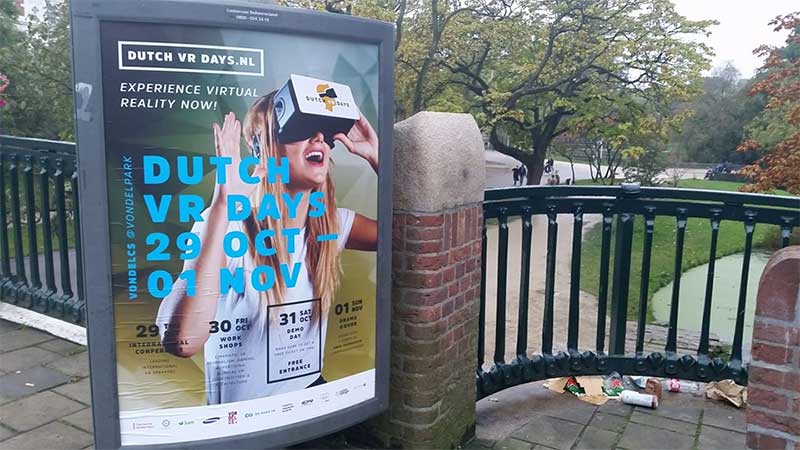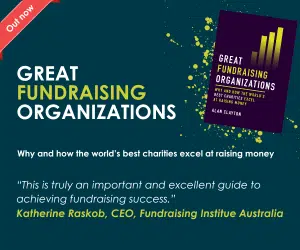We talk multichannel to connect donors but how about multi sensory?
A fundraiser has done a great job when a supporter truly connects with a cause that they care about. A fundraiser has done an excellent job when the supporter also understands the difference their contribution has made and is proud and inspired that their support has enabled the charity to make change happen.
The majority of people are not inspired by spread sheets, data and stats. They are not inspired by a rational business case. They are inspired when they feel something. Any fundraiser truly committed to raising as much they as they can for their cause will be working on their abilities to engage people emotionally as well as rationally. I’m not saying that the business case and the data are not important, the numbers must stack up, your evaluations must be robust and your finances transparent, but it is the emotional connection that inspires supporters decisions to help.
Great fundraisers work hard to connect themselves and be inspired about the cause that they fundraise for, because only when you are inspired can you inspire others.
Advertisement

So when at IFC last month, Marcelo Iniarra, Argentina’s guru of fundraising innovation showed me what he had been working on I got really excited. He shared with me the story the work of the Temaiken Foundation, an animal reintroduction program in Argentina. He showed me the release of two Aguara Guazu (a species of wolf) back into their natural habitat.
The Frontline Virtual Reality team shooting a new VR production for Temaiken foundation near Mar Chiquita lagoon, with…
Posted by Frontline Virtual Reality on Thursday, 22 October 2015
I experienced this through 360 lens Virtual Reality glasses. I’ve not viewed something like this before, it was a rather an emotional and all consuming experience. You are totally immersed into another world as you see and hear the delicate animals take their first tentative steps to freedom and see the team who have been responsible for making it happen. And of course if I were viewing this in a different capacity, I would as a donor, have been part of that team that gave those animals their freedom back.

Virtual Reality (VR), also referred to as immersive multimedia or computer-simulated life, replicates an environment that simulates physical presence in places in the real world or imagined worlds and lets the user interact in that world.
The New York Times is releasing a virtual reality app and is sending Google cardboard viewers to anyone who gets the paper delivered to their homes.
The app’s first film will be “The Displaced,” which follows the lives of three refugee children from South Sudan, eastern Ukraine, and Syria. It’s produced in partnership with Vrse, the biggest player in VR documentary filmmaking and one of the best-known VR film companies.
Amnesty International started testing virtual reality with face-to-face fundraising in the streets of London. UNHCR has begun in Latin America.
For me the sight and sound experience was very powerful. However VR is not limited to just sight and hearing VR can create a total sensory experience which can also include touch, and smell.
How could you use the immersive VR experience to connect and inspire your team, your supporters and campaigners to your cause? I think there are huge possibilities and potential for testing this approach.
I think they are onto something. What do you think?
Lucy Gower is a trainer, coach, consultant and author specialising in the people part of innovation. She led the first innovation team at the NSPCC in 2007 and it was here that Lucy realised that you can have the best ideas, processes and technology, but if you don’t have the right mix of people lined up and committed to ideas and the impact they can have then even the best ideas will fail.
Since leaving the NSPCC in 2012 Lucy has worked with over 50 organisations including Amnesty, Cystic Fibrosis Trust, Nesta, The Children’s Society and Greenpeace. Lucy specialises in developing focused and creative teams that deliver results.
Lucy is author of The Innovation Workout and is a regular blogger and conference speaker, both in the UK and overseas.



